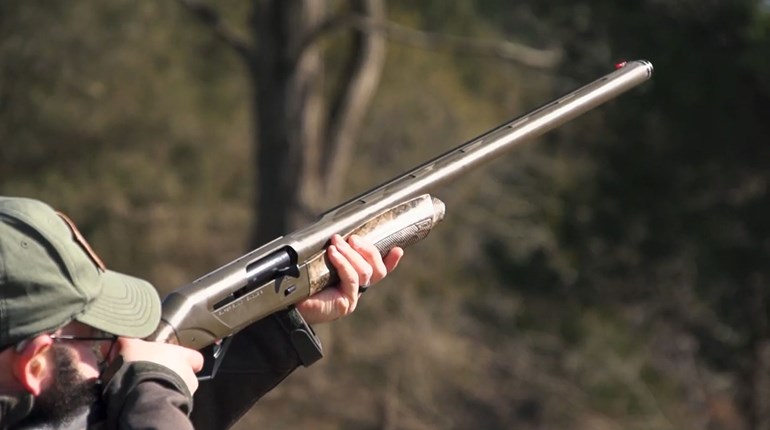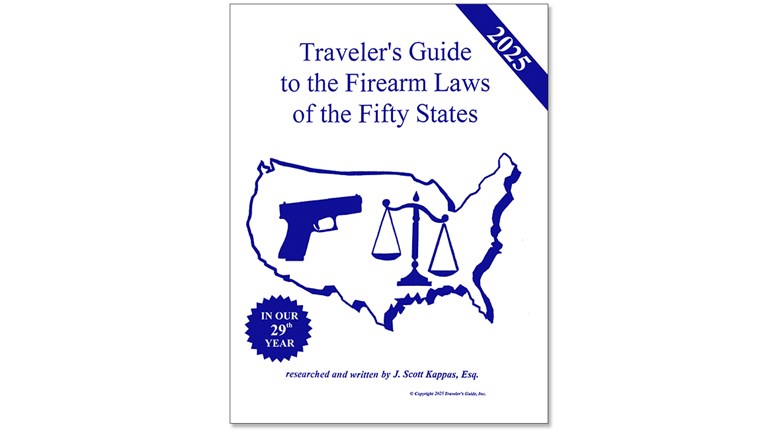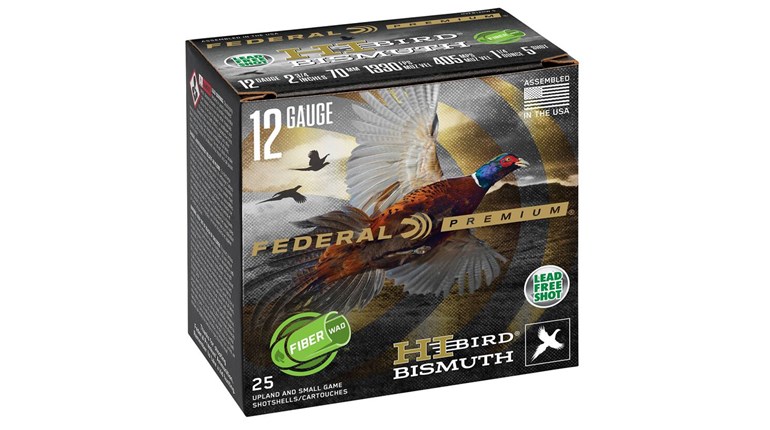
The International Hunters Education Association (IHEA-USA) has launched Scout, a free, cutting-edge artificial intelligence (AI) platform designed to revolutionize how hunters access vital information and remain compliant with hunting regulations. Each state has its own guidelines on what is legal in the field, including species harvest limits, hunting units, districts, zones and other requirements. Scout provides details on those rules and regulations across the nation.
With Scout, hunters get answers to their questions about regulations quickly and easily. Simply visit the website, select the applicable state, type in an inquiry and the response reflects the current regulation. Additionally, users can download a digital version of the most recent rules for any state, making it easier than ever to stay informed and prepared.
“Scout is not only beneficial for hunters, but also aids the agencies we serve,” said IHEA-USA executive director Alex Baer. “One of our goals with Scout is to assist agencies in creating future versions of regulations that better match modern search methods. It’s amazing what AI is capable of, and it’s time our industry understands that power.”
By providing unique monthly reports to each state regulations team, Scout helps agencies understand how hunters interact with regulations and identifies common questions and concerns. “Our goal is to assist agencies in creating future versions of regulations that better match modern search methods, ensuring that the rules are accessible and clear for everyone,” Baer said.
Some Agencies are already helping to test the new program’s effectiveness. The Kentucky Department of Fish and Wildlife Resources, for example, helped test Scout in their call center where it helped handle questions on regulations. Its performance there clearly demonstrated the practical applications, effectiveness and customer-service potential.
The webpage has already received thousands of submissions since its recent launch. It is a closed AI system, assembling only the most current information each state provides, then making it available for sportsmen to search. The approach means hunters can have full confidence in the responses.




































